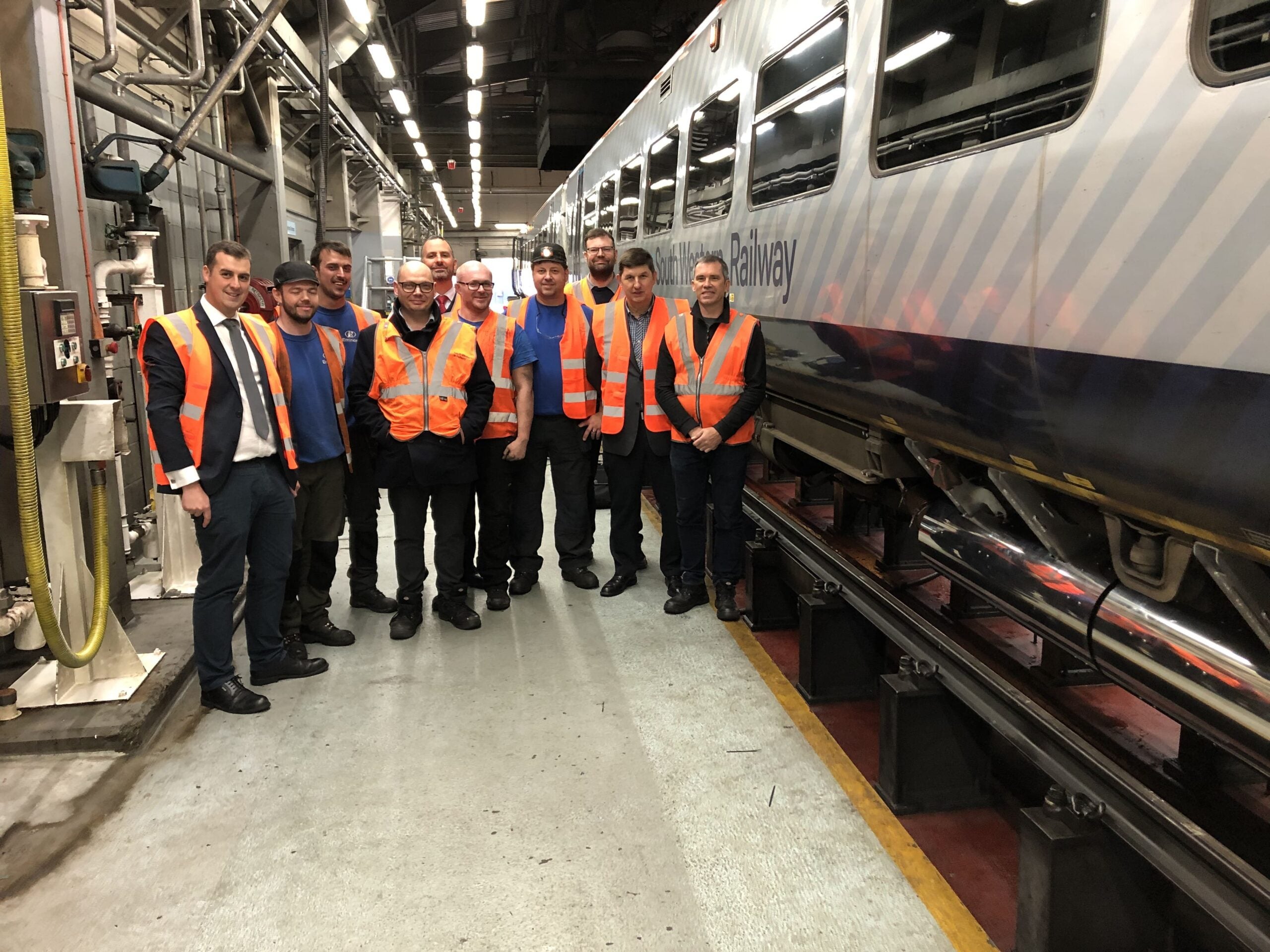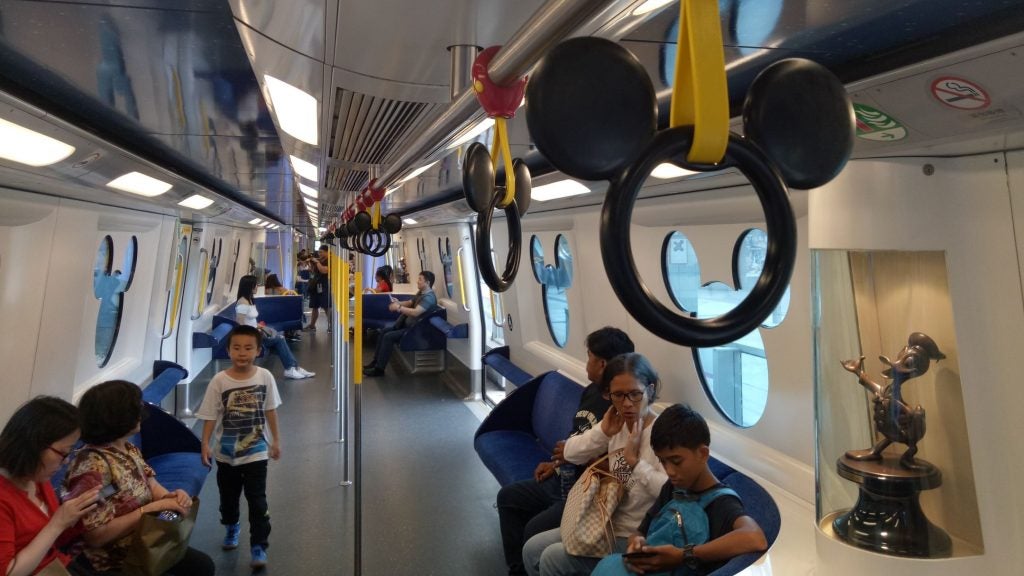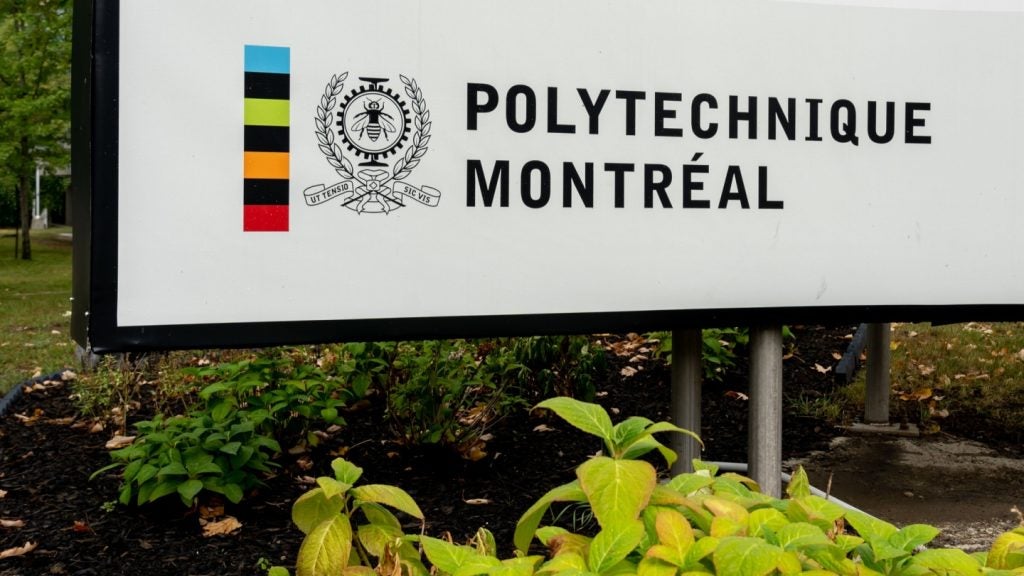
Despite being originally presented as a greener fuel, the hugely detrimental environmental impact of diesel is now well known. Burning the fuel releases carbon emissions and nitrogen oxide, which is dangerous for people’s health.
To help the transport industry reduce its share of emissions, UK-based companies Porterbrook and Eminox have worked on retrofitting diesel trains, with successful results in a 2019 pilot trial.
As some may claim the industry is not yet ready to go 100% electric, is retrofitting the best solution available for the short and mid-term future?
Diesel train retrofitting: an overview
Carlos Vicente, sales director for retrofitting and aftermarket products at emission control systems manufacturer Eminox, defines environmental emission retrofitting as “upgrading vehicles that pollute with more modern catalysts and exhaust systems that will reduce the contaminants that come out of polluting vehicles”.
The technology around diesel retrofitting has been in continuous development over the last few years and there are currently several ways, both passive and active, for companies to retrofit vehicles.
In passive systems, the soot oxidation temperature is lowered to facilitate regeneration during the vehicle’s regular operations. Vicente adds that different types of precious metals are used to create chemical reactions that trap harmful emissions, such as particulate matter and CO2.
How well do you really know your competitors?
Access the most comprehensive Company Profiles on the market, powered by GlobalData. Save hours of research. Gain competitive edge.

Thank you!
Your download email will arrive shortly
Not ready to buy yet? Download a free sample
We are confident about the unique quality of our Company Profiles. However, we want you to make the most beneficial decision for your business, so we offer a free sample that you can download by submitting the below form
By GlobalDataActive systems, such as selective catalytic reduction (SCR), pass an additive through a specially developed catalyst, which targets NOx and NO2 gases and reduces emissions in the same manner as a modern engine.
A more modern approach to retrofitting is the combination of two technologies that are being increasingly used in the last few years.
Eminox’s SCRT system functions by using diesel exhaust fluid (DEF), a solution made of one part organic compound urea and two parts de-ionised water. The SCR section of the aftertreatment technology injects the fluid into the exhaust system and, through a catalytic process, converts it into ammonia to capture NOx emissions.
The ammonia-based additive captures NOx emissions as well as hydrocarbons, specifically particulate matter and carbon monoxide.
The UK’s first diesel train retrofitting trials
SWR, alongside Eminox and rolling stock leasing company Porterbrook, carried out the first diesel train retrofitting trial in 2019. The pilot – funded by the UK’s innovation agency Innovate UK, alongside the Department for Transport – was carried out on a Class 159 South Western Turbo train.
The project’s results were extremely positive: according to Eminox head of retrofit engineering Niki Welch, 80% of NOx emissions were reduced over a complete cycle of vehicle operation. Particulate matter, as well as CO2 and hydrocarbons, went down by 90%.
The pilot’s result led to Porterbrook’s decision to trial the SCRT technology on a different model, a Class 170 Turbostar train, operated by East Midlands Railway.
Through Innovate UK’s first-of-a-kind funding, the project received a £400,000 grant and will carry on in 2021 over the course of three months.
“The success of this trial in reducing harmful emissions underlines the importance of the First of a Kind competition, which funds pioneering projects to support better, more environmentally friendly rail journeys,” said Rail Minister Chris Heaton-Harris in a press statement.
The new trial will work in a slightly different way to the previous pilot. According to Porterbrook project manager Ian Williams, the project’s main challenges are fitting the SCRT technology in place of the original exhaust silencers and finding the space for the DEF tank under the vehicle’s frame.
To fit the systems into the space of the existing silencer, Eminox is working towards the development of a U-shaped SCR that will fit into the space envelope in the exhaust system.
To accommodate the tank under the vehicle, Porterbook will reduce the size of the hydraulic oil tank, which provides the oil that drives the motor while the engine cools.
“We have seen an opportunity to reduce the size of that type by one-sixth, in terms of its volume. And of course, the spaces liberated as a result of that will allow the DEF to be installed,” explains Williams.
Retrofitting for the future
Given the environmental and economic benefits, some experts believe that retrofitting is the best solution for the short to mid-term future if companies do not want to go electric, especially given the lack of clarity on this issue from the UK Government and the costs of electrifying the railway network.
“The amount of power construction you will need to power a train electrically goes far beyond anything you would see on a bus or truck,” explains Welch.
“The cost of converting the UK rail infrastructure so it could run with electric trains is just absolutely [huge]. So, we see retrofitting as a really positive, cost-effective solution moving forward.”
“All operators want to do the best for people’s health but they can only use the technology that is available at the time. So it’s about taking the best available technology and applying it.”
Environmental and economic benefits of retrofitting
Environmental benefits feature as a major reason for the implementation of retrofitting, as the technology bridges the gap between the current use of diesel and future electrification of the transport system, which (if everything goes to plan) will be implemented in the UK by 2040.
“Especially with low-emission zones and cities being very conscious of polluting particles, having [diesel-powered vehicles] for 20/30 years entering and polluting is something that the UK Government is looking to reduce,” says Vicente.
According to Welch, another advantage of retrofitting is that it enables companies to upgrade old trains to current environmental standards, giving them a longer lifespan for a fraction of the cost.
“For rail companies to get their value for money, the lifespan of trains needs to be around 30 years,” he says. “Given that the world changes a lot in 30 years, the advantage of retrofitting is that you can update your existing fleet for a fraction of the cost of buying new.”
For operating companies such as South Western Rail (SWR), the environmental and economic benefits place retrofitting as the most viable solution to the industry’s emissions problem.
SWR’s diesel fleet dates back to the 1980s and, with a lifespan of around 35 years, trains need to be retrofitted if companies do not want to completely replace fleets.
“If the aim of the game is to reduce emissions quickly, efficiently and economically, retrofitting fills that gap and has been exceptionally successful on the trial that we have run,” says SWR engineering director Neil Drury.






